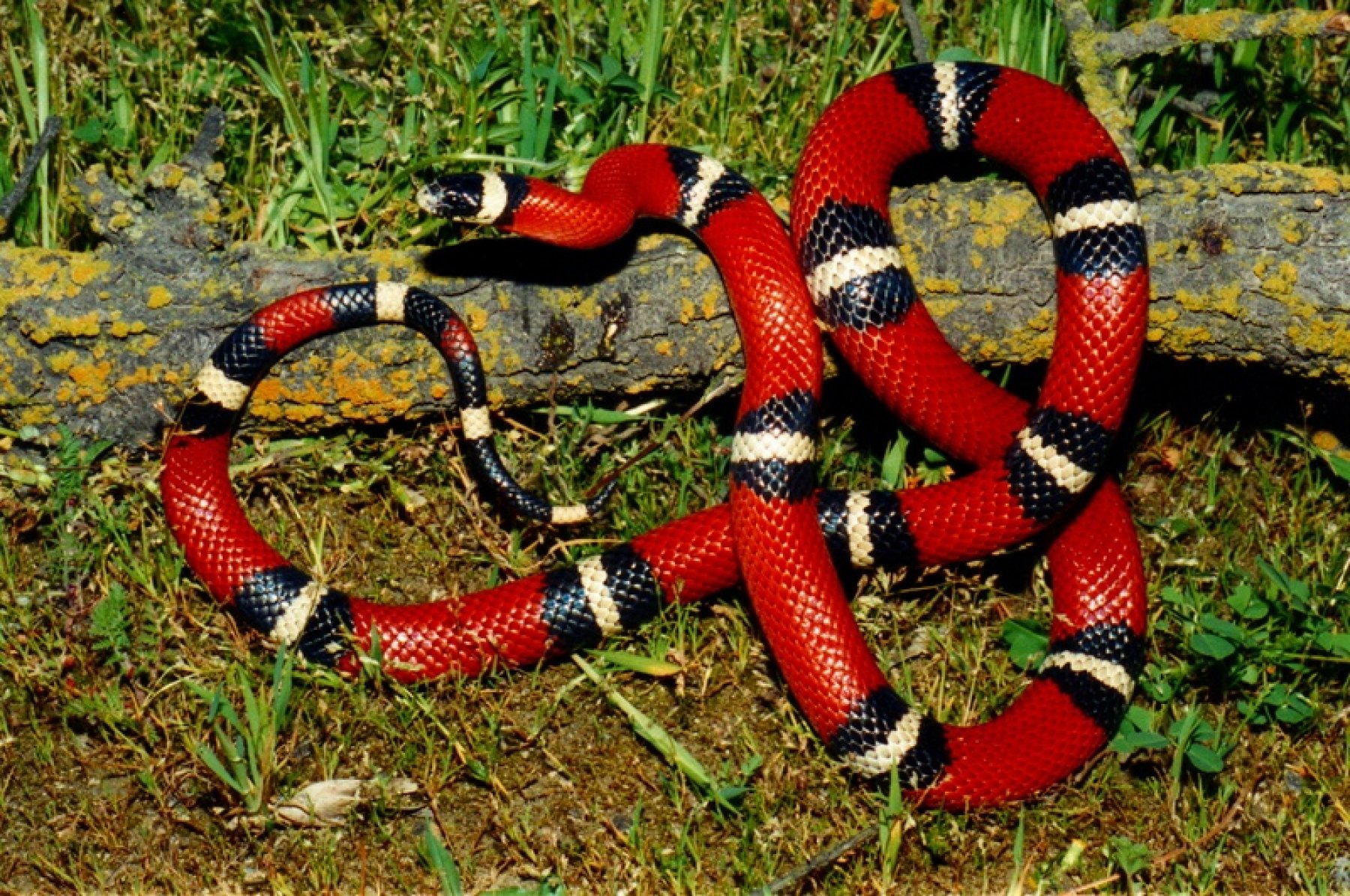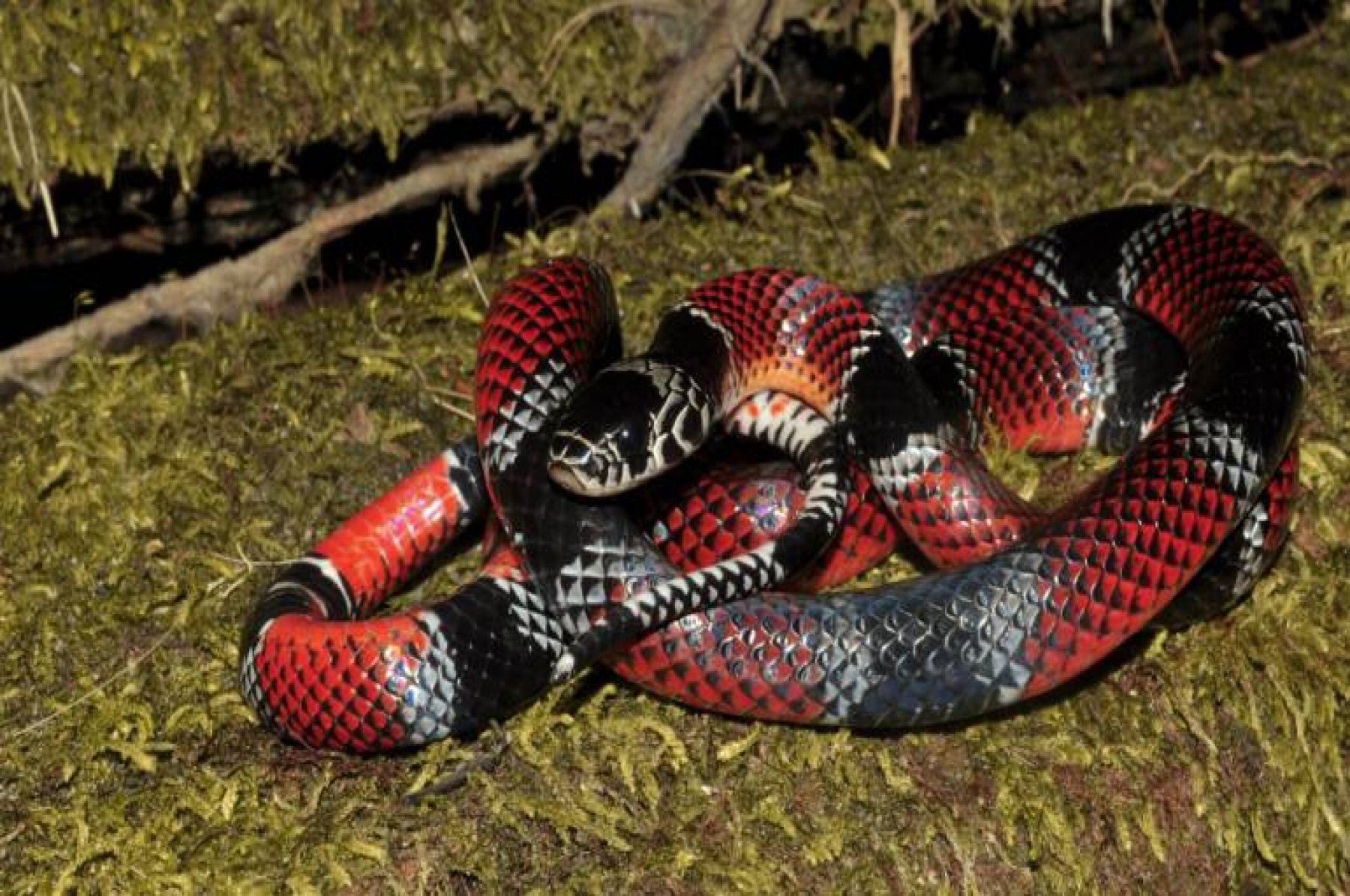Fake Coral
- Scientific name:
Rampropeltis Triangulum
It is a relatively large snake (it can measure almost two meters). Its colorful body that alternates red, black and yellow rings has earned it its scientific name (from the Greek lampro, bright, and peltes, scale or shield).
Fake Coral
- Rampropeltis Triangulum
Its coloration mimics that of coral snakes, very poisonous, and thus frightens potential predators. The false coral is harmless.
She is very shy and flees from the human presence. It is usually found under rotting tree trunks or in the litter, from where it goes out at night in search of its prey: slugs, insects or cuicas when they are juveniles; lizards, small mammals, birds and eggs, once they grow. They are useful for farmers, as they control the populations of rodents in the fields and fields. The female lays between 10 and 15 eggs, from which the snakes emerge after two months.
Her coloring, designed to protect her, today threatens her: the peasants kill her, because they confuse her with the coral. They distinguish it from its big eyes, the truncated rings and not around the whole body and its discernible head of the body.
Zoo Vida Exótica en Baños de Agua Santa Rules
- Do not feed the animals.
- Keep your hands out of the cages.
- No pictures with FLASH.
- Do not catch the animals.
- Do not throw objects inside the cages.

